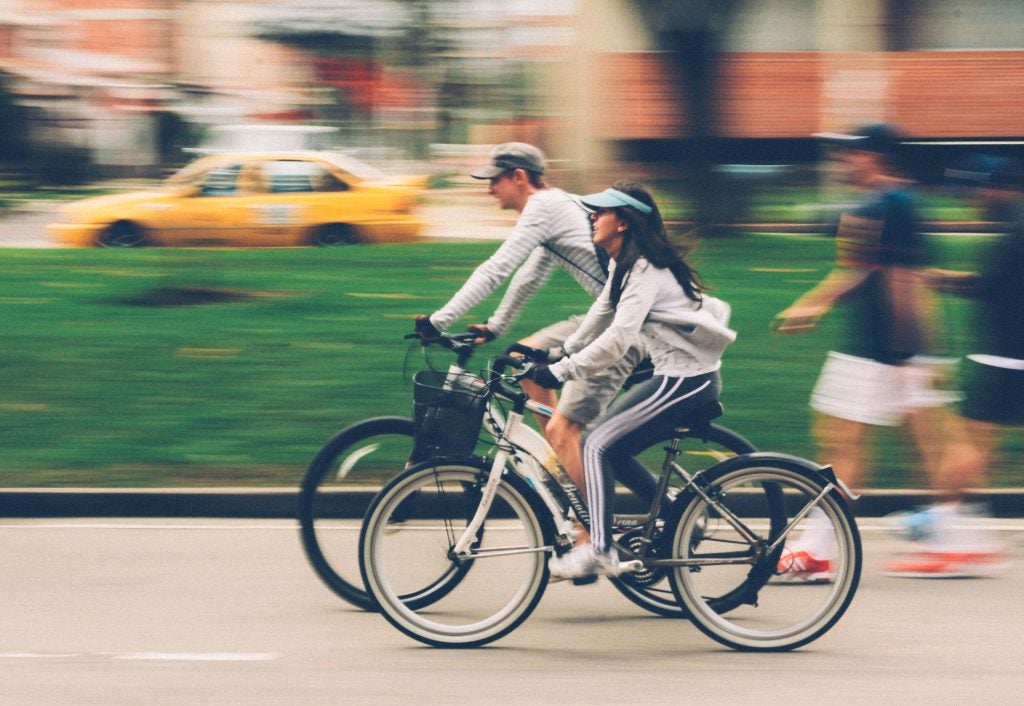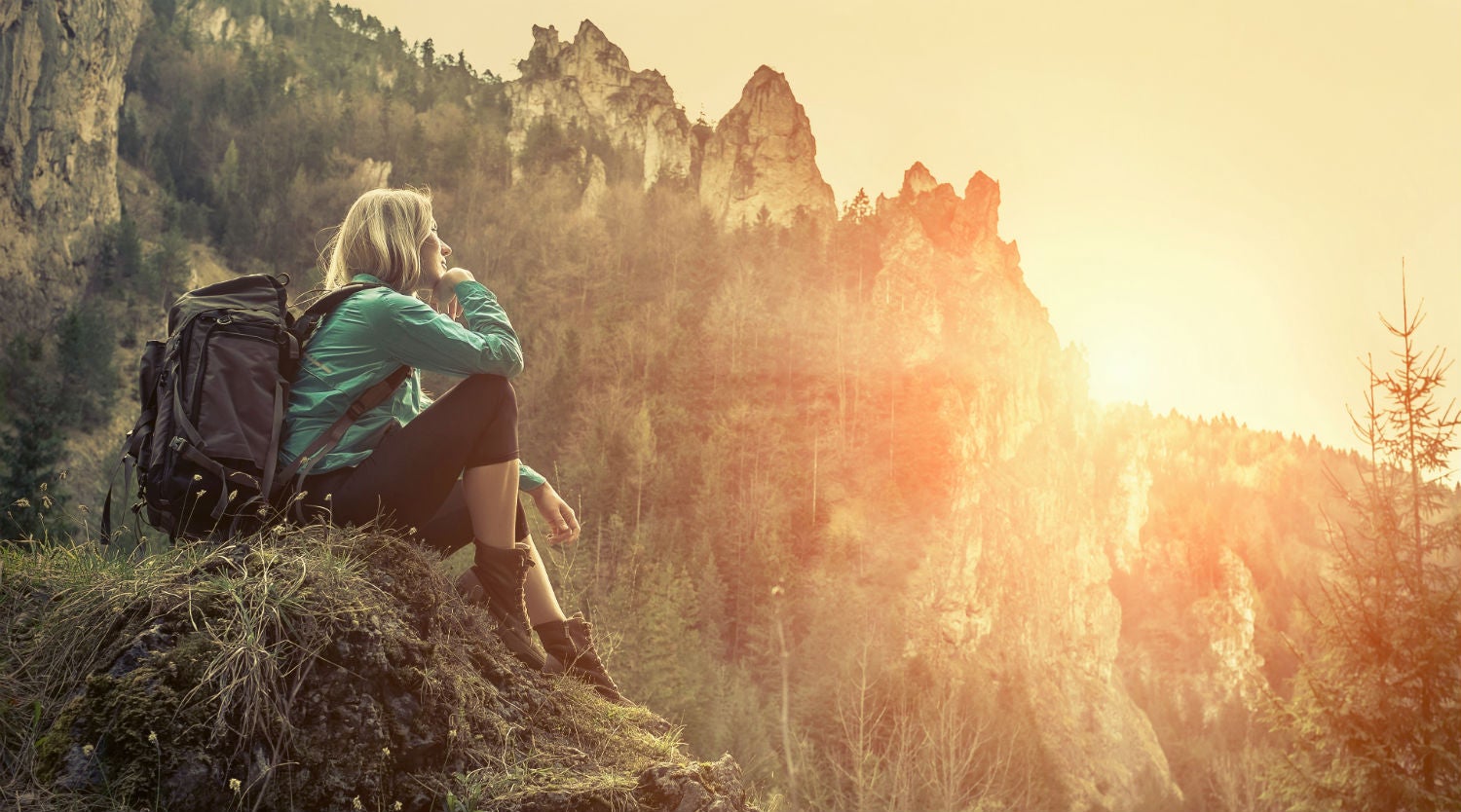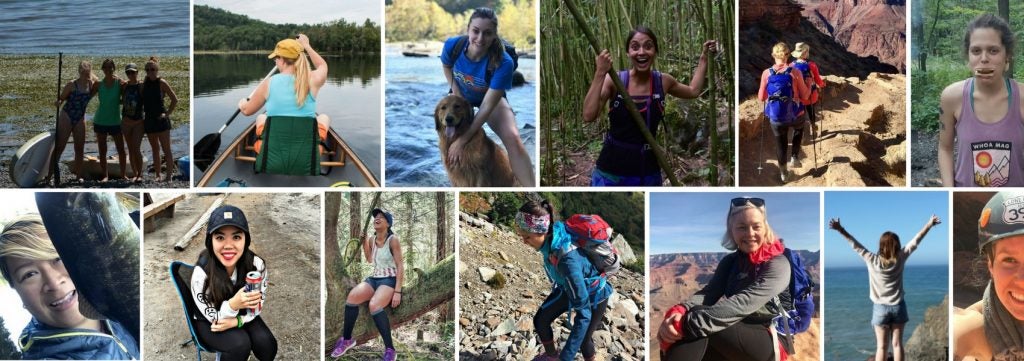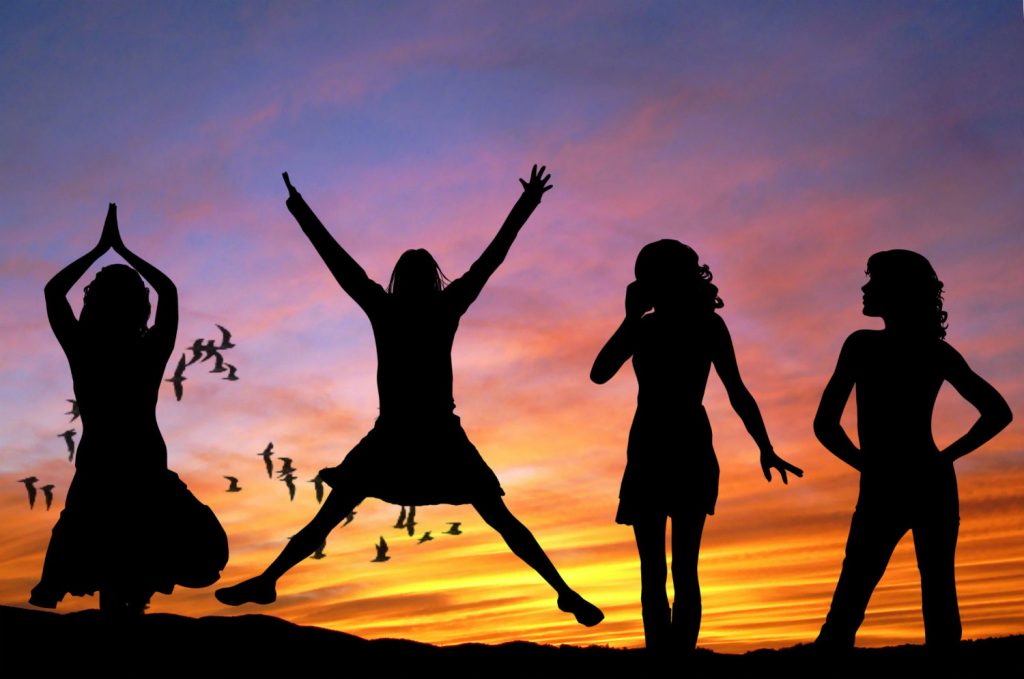It’s no secret that finding women’s outdoor gear can be a real struggle. This isn’t a new problem, as there have always been more gear options for men than there are for women. That being said, the outdoor industry has come a long way since the days of the “pink it and shrink it” trend, when they’d simply make an item smaller and pink before selling it as a “women’s” product. Now more than ever, women are gaining access to high quality camping gear that they’ve never before had. There’s currently a multitude of camping products targeted towards women, but not all of them are worth looking in to. As a result, we’ve compiled our favorite outdoor gear reviews and items for women for you to take advantage of on your next outdoor adventure.
Women’s Outdoor Gear is Evolving
While shopping for camping or adventure gear now you might wonder, “What am I really getting with a women’s version? Is this really what I need?”
Some women will find better fits and better functionality in women’s versions of outdoor gear. But even when it comes to women-specific gear, one version won’t work for everyone.
“I’ve perused women’s gear before. Often times it seems smaller, lighter and brightly colored, but other than that I have not seen a noticeable difference in the design or functionality of the product,” notes Kayla Haas, a skiier, hiker, and writer at The Dyrt. ”
“Being tall and curvy, buying ‘women’s’ anything has been a struggle for me my entire life. At a young age I decided it was easier to just shop the men’s section than deal with the disappointment of not finding my size. For me, women’s outdoor gear is no different.”
Then there are items specifically invented for women, like the sports bra, and the “Tinkle Belle.” Do these make the outdoors more accessible?
We’re looking at 8 pieces of women’s outdoor gear — how they changed the game, why they matter, and do gendered versions really make a difference?
1. Secure Yourself with a Sports Bra

While men tend not to wear sports bras, they do have one comparable product: the jock strap. In fact, Runner’s World wrote that Lisa Lindahl and Polly Smith created the first bra after Lisa’s husband made fun of her by donning a jock strap over his chest. The duo quickly got to work making a sports bra with crossed straps to prevent the slippage that occurred with everyday bras and featured an elastic band to provide support from underneath the breasts. They named the product the JogBra and started a business that today is often taken for granted.
Before the sports bra, women often avoided fast-paced, high-impact activities in part because the impact on their chests was painful and uncomfortable. The sports bra made activities like running, hiking, and camping far easier than ever before.
Today’s sports bra options cover a range of sizes and needs, from high-compression options for runners to looser, lower cut bras for everyday wear. Finding the right fit can be discouraging but with the thousands of varieties and brands out there, it’s worth it to keep trying to find the right bras for you.
2. Don’t Underestimate the Value of Women’s Hiking Shoes
Up until the last 30 years, women had to rock mountaineering boots designed for men. For those of us with more narrow feet, this meant extra socks to prevent movement as they led and participated in expeditions.
Women’s outdoor footwear options today start smaller and have narrower toe boxes and heels, offering better comfort for the anatomy of the female foot.
If you’re not going to be hiking but still need a good outdoor shoe, running shoes can be a great fit. The great news is that running shoes for women now have additional amenities. A 2001 study found that women typically have less knee flexion than men, meaning they strike the ground harder and at less of an angle when running. This explains why non-minimalist running shoes for women tend to have more cushioning.
Recently, Asics reinvented their women’s running shoes to better cater to lady-specific gait patterns and prevent common injuries. They reduced the density in their women’s running shoe cushioning since ladies are often lighter than men. Asics also created the Space Trusstec System which is better for lower arches and reduces potential plantar fascia tightening caused by changing estrogen levels throughout a woman’s menstrual cycle.
If you’re needing to find the perfect hiking boot for women, check out our database for outdoor gear reviews on boots, outdoor shoes, and more.
3. Leave no Trace on the Trail with Menstrual Cups
In the past taking a hike as a women meant also packing enough pads or tampons to last the length of the trip…just in case. These days though, women have access to outdoor gear that resolves this. Have you heard of the DivaCup? Everyone has at least one friend who raves about their DivaCup. These innovative period products have made their mark on female travelers and outdoor enthusiasts. They are more cost-effective than disposable menstrual products like tampons and pads and they have far less of an impact on the environment — a major plus for those who follow Leave No Trace principles.
Many climbers, backpackers and travelers love these little devices because they don’t create waste that has to be packed out or otherwise dealt with in the backcountry.
4. Now You Can Pee Off Cliffs, Too
With their quirky names and varying specs, urine directors have become a topic of discussion in many women’s outdoor groups. From “The Tinkle Belle” to the “Shewee” and “GoGirl” you can find a urination device in many colors, shapes, and sizes. Their goal? Making it easier for women to pee discreetly when a bathroom isn’t available or you’d rather not sit (music festivals, anyone?).
Some women feel that urine directors are trying to fix a problem that doesn’t exist. Nature gave women the ability to pop a squat. Why do we need to pee like men?
Others find that certain situations are extremely inconvenient when you need to pee as a female. If there’s nowhere to hide to squat down on a hike, peeing while standing is much less noticeable if someone happens by — especially if you don’t have to pull down your shorts. Whether you use one or not, urination devices have played a role in women’s adventure gear history.
5. Float in Safety with a Woman’s Life Jacket
Have you ever borrowed a friend’s lifejacket or worn a rental only to find that it fits awkwardly? These safety devices are meant to mold to your body so they can hold you up in the water. That means they should definitely not cut off your air flow or rub awkwardly on your shoulders or armpits.
Women-specific PFDs feature adjustable straps on the torso along with smaller armholes for a more personalized fit. Ladies with wider shoulders may opt for a men’s jacket that better suits their torso, while slender-shouldered men may find a better fit in a ladies PFD.
6. Stay Active all day With Custom Bicycle Saddles

Do you really have to stick to the women’s section when picking a bike?
Here’s the deal: Women’s handlebars are shorter, which are generally more comfortable for most women. Women’s bike seats, aka saddles, are more padded than men’s varieties and can feature a cutout middle to relieve pressure on the soft tissue area of the vulva. Many women’s bicycles also feature shorter cranks, which are the arms that attach your pedals to your bike. This reduces the amount of power necessary to leverage your pedaling force.
Liv, a cycling company, told Bicycling.com that men frequently come in to try their women’s specific models. Shorter people may find women-specific bikes are a better fit, making them easier and more enjoyable to pedal.
7. Outdoor Backpacks Made With Women in Mind
The massive selection of packs available at camping stores can be overwhelming. For many women, the first step in narrowing down their choice is to head to the ladies section. Here they’ll find packs that offer a narrower fit with shorter torsos. Women’s shoulder straps may be shorter and slimmer and feature hip belts that are more padded and angled downward to better accommodate wider, more prominent pelvises. These features can make a world of difference in your comfort level while hauling your gear over mountain passes or trekking through airports and train stations.
According to their website, Lowe Alpine designed the first women’s fit backpacks in 1970’s, starting, “a movement in the backpacking world to acknowledge that women are hikers, mountaineers and climbers and they deserve to have the kit that fits.”
8. Getting the Coziest Sleeping Bag Makes the Difference
Women’s sleeping bags come in short, regular and long varieties like men’s bags, but they have wider hip space and narrower shoulder areas. While a 5’8” man would need a regular sleeping bag, a woman of the same height should go for a tall option. Ladies bags also feature more insulation because women tend to sleep colder and require more warmth to stay cozy at night.
Whether you opt for women-specific gear or prefer the fit and comfort of men’s products, there are brands and styles out there to suit your body type and personal needs. The brands that don’t provide gear that works for women, at a level of quality that’s equal to men’s gear, will continue playing catch up. And they better hurry, because we’re not slowing down.
We’re celebrating women all month at The Dyrt, with stories from and about women who are overcoming obstacles, facing doubts, accomplishing goals, and loving the outdoors. Share your story with #StillSheGoes on social media!
Related Articles:
- Summer Camping Gear
Popular Articles:
Articles on The Dyrt Magazine may contain links to affiliate websites. The Dyrt receives an affiliate commission for any purchases made by using such links at no additional cost to you the consumer.



